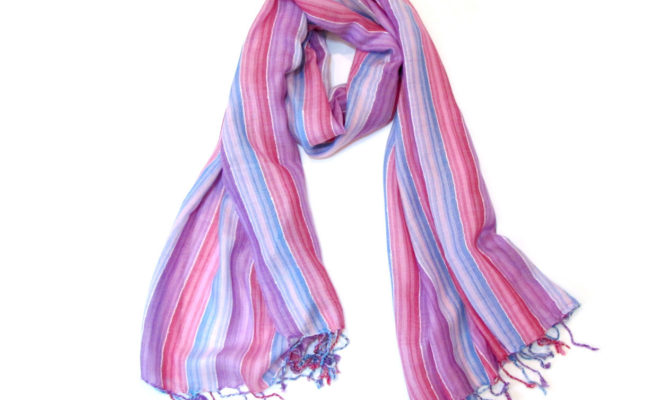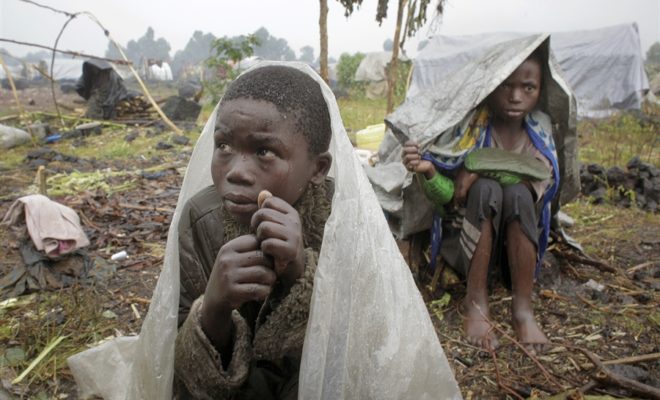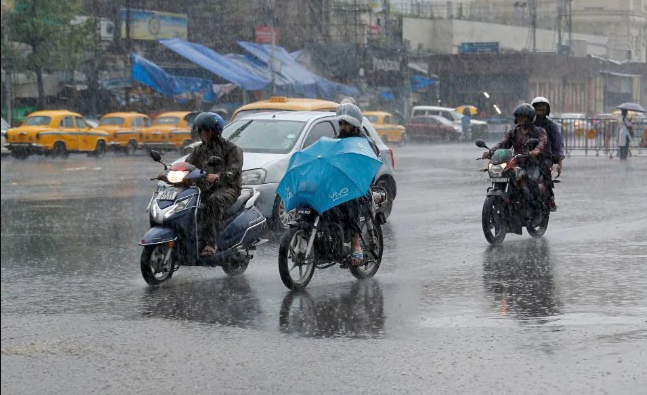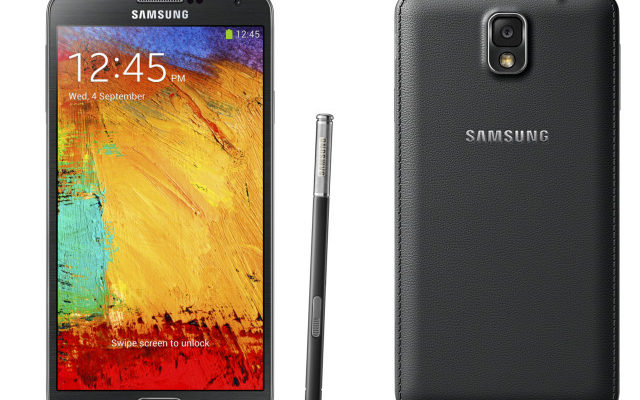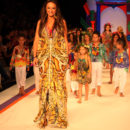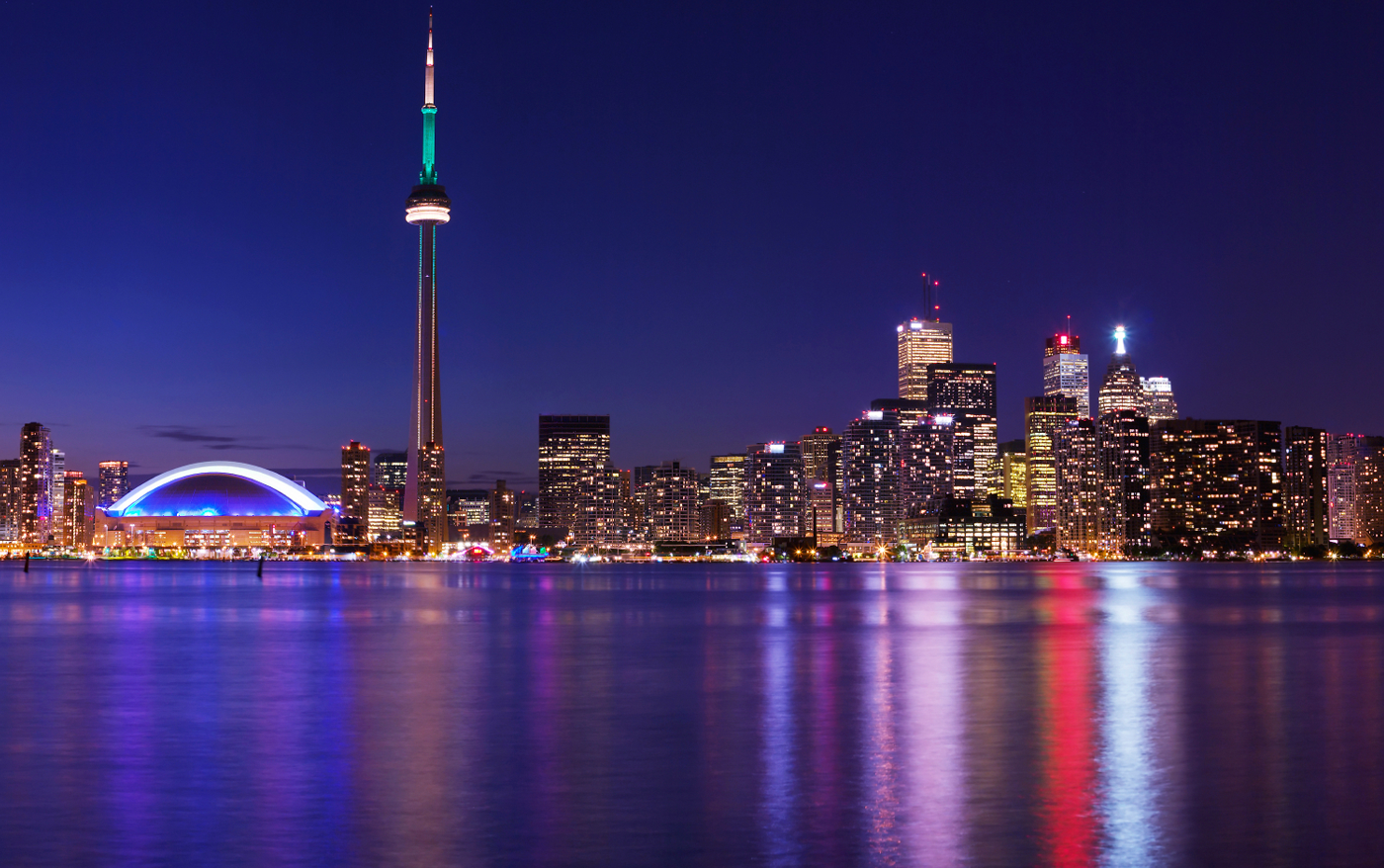Reactive Dyes – Definition and Development
Reactive dyes are organic substances that are used to color fabrics. They form a covalent bond between the molecule of the dye and the fiber. Owning the abilities to not get washed off, these have always been know for their light and pale colors. Several environmental problems have been associated with reactive dyes such as a particular reactive group has to be applied in a weakly alkaline dye bath, color effluence and a large amount of electrolytes. Various efforts have been made to solve these difficulties.
There are several developments that have been happening in a range of reactive dyes:
1. Procian T dyes: These are a range of liquid reactive dyes based on phosphoric acid reactive group. Fixation of these dyes takes place under acidic dyeing conditions with the presence of carbodiimide at a temperature of about 2000 C. Acid and neutral fixing reactive dyes are vital for polyester cotton blends and their usage will certainly escalate. Studies on the stability of these dyes portrays that their stability potential is similar to the other range of reactive dyes, but this is only possible with the help of large quantities of fixatives. Now the way to obtain high fixation values is by using solvents and cyanamide at 1600C.
2. Reactive cationic dyes: Lately, in regards with the development of a salt free colouring process for cellulose materials, cationic dyes having a reactive unit have been studied. The principle behind this is that the cationic dyes do not require an electrolyte during exhaustion, as compared to anionic dyes.
3. Cibacron C dyes: These dyes are mainly manufactured for pad-batch and continuous dyeing. Due to a higher price and technological limitations to produce the required reactive system, these dyes are not being developed in India.
4. Sumafix Supra dyes: They are heterobifunctional reactive dyes having a vinyl sulphone and monochlorotriazine groups. These dyes are known for a range of advantages, namely, their high degree of exhaustion and fixation, commendable consistency, leveling features, high fastness to perspiration, light, chlorinated water, peroxide washing etc. These also stay temperature indifferent between 500_600C, as they show very little change in color yield, between this range of temperature. These dyes have advantages because of the comprehensive effect of the combination of the vinyl sulphone group with a monoclorotriazine group. Due to this property, they portray phenomenal practical performance when the temperature in the dye bath is not totally stable, particularly in winch dyeing machines. The dyes have gained popularity in USA and other Asian countries but they are have yet not been introduced by the Indian reactive dyes manufacturers.
5. Procilence N dyes: They are a combination of Dispersol PC disperse dyes and Procion T reactive dyes for the one-stage printing of polyester or cellulosic blends. Procilene N dye range is a combination of matched shades from Dispersol PC dyes and selected Procion T monochlorotriazinyl reactive dyes. These dyes are applied to the polyester or cellulose blends under approximately neutral conditions.
In the dyeing method of the reactive dyes, the process consumes a large amount of water, chemicals, fixing agents and acids. This is something that should be reduced by several reactive dye manufacturers. Thorough research in the reactive dyeing sector is going on, in order to obtain ecological and environmental solutions. As well as importance is being given to save the energy and water level, used during the reactive dyeing procedure.
Few reactive dye manufacturers are exporting their range of reactive dyes globally. Alliance Organics LLP is one of them and it supplies its dyes to several international countries such as USA, China, Russia, Brazil and Indonesia.


